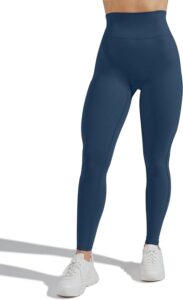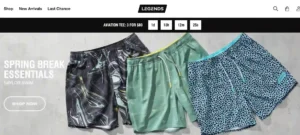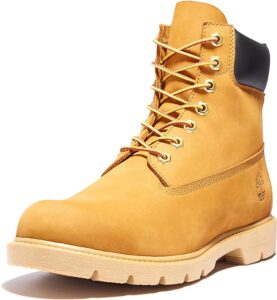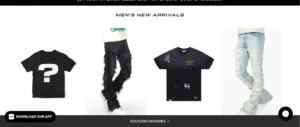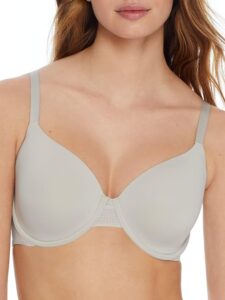Oka Swimwear Reviews: Swimwear is a quintessential part of our summer wardrobe, but finding the right brand that balances quality, style, and price is often challenging.
Enter Oka Swimwear, a brand making waves on social media for its eye-catching designs and eco-friendly ethos. But does it live up to the hype?
In this blog post, we dive deep into Oka Swimwear, examining everything from quality to customer service, to give you an honest verdict on whether it’s worth your money.
What is Oka Swimwear?

Oka Swimwear has quickly become a noteworthy newcomer in the competitive swimwear landscape. The brand sets itself apart by emphasizing fashion-forward designs and a strong commitment to environmental responsibility.
Using eco-friendly materials, Oka Swimwear crafts stylish and kind pieces to the planet. This dedication to sustainability is matched by the brand’s efforts to cater to a wide range of body types, offering an array of sizes and styles designed to flatter and accommodate various figures.
This inclusive approach underscores the brand’s mission to empower its customers, providing them with great swimwear that aligns with conscientious values.
As a result, Oka Swimwear seeks to provide a refreshing alternative for those pursuing swimwear that combines aesthetic appeal with ethical considerations, making it a compelling choice for today’s eco-aware and fashion-conscious consumers.
Red Flags at Oka Swimwear
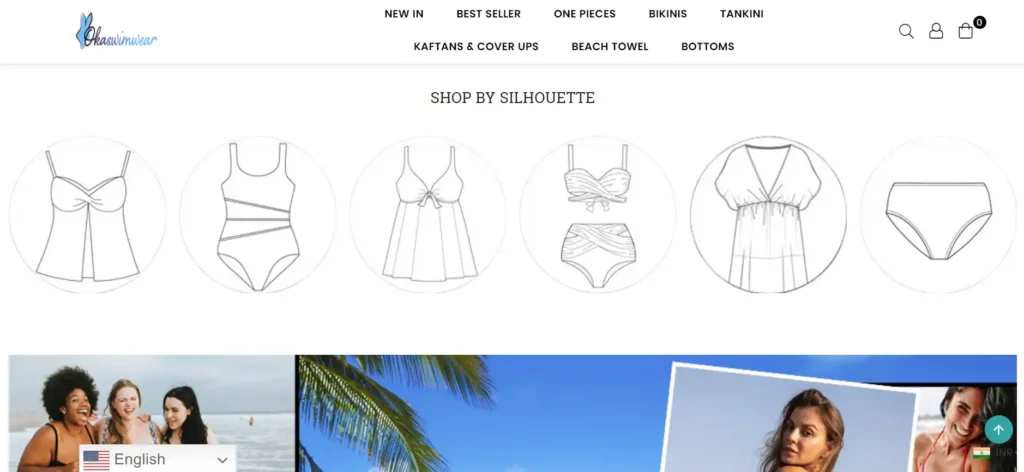
While Oka Swimwear has garnered attention for its eco-conscious designs and commitment to sustainability, several red flags have emerged that potential customers should be aware of:
– Lack of Social Media Presence: Oka Swimwear’s absence on key social media platforms like Facebook, Instagram, YouTube, and TikTok raises questions about its visibility and engagement with its customer base. This absence is unusual for modern brands, which typically leverage these platforms for marketing and customer interaction.
– No Trustpilot Reviews: The brand’s absence of reviews or ratings on Trustpilot makes it challenging to gauge the brand’s reputation and the satisfaction levels of past customers. Consumers often use Trustpilot to assess a company’s reliability and service quality.
– No Sitejabber Feedback: Similarly, the lack of reviews and ratings on Sitejabber adds to concerns about the brand’s credibility. Sitejabber is another critical platform where consumers look for feedback on businesses.
– No BBB Accreditation or Rating: Oka Swimwear’s absence of accreditation or ratings from the Better Business Bureau (BBB) raises red flags about its commitment to customer satisfaction and ethical business practices.
– Transparency Issues: The brand’s lack of information transparency, including missing contact details and absent customer reviews on their official site, suggests potential risks for customers and highlights a broader issue of trustworthiness.
Oka Swimwear Reviews By Customers
Exploring the realm of customer feedback on Oka Swimwear, it’s clear that experiences vary widely, with some unfavorable reviews highlighting areas of concern. A notable grievance among dissatisfied customers is related to the fit and comfort of the swimwear.
Despite the brand’s promises of inclusivity and a wide range of sizes, several customers have reported struggles with finding pieces that fit as expected, leading to discomfort and disappointment.
Additionally, issues with the durability of the swimwear have been a sore point, with some buyers expressing frustration over products that deteriorated quickly after minimal use, contradicting the brand’s claims of longevity and quality.
There have also been criticisms regarding the customer service experience, particularly around the efficiency of handling returns and exchanges, leaving some customers feeling neglected and frustrated.
These negative reviews shed light on the challenges and inconsistencies that can mar the shopping experience with Oka Swimwear, suggesting that potential buyers should proceed with caution and set realistic expectations when considering a purchase from the brand.
Comfort and Fit: Does it Feel as Good as it Looks?
When it comes to swimwear, how it feels on your body is just as important as how it looks. With its promise of catering to a broad spectrum of body types, Oka Swimwear certainly sets high expectations for comfort and fit.
Customers have expressed mixed feelings in this area. On one hand, some reviewers have lauded the brand for swim pieces that feel like a second skin, praising the soft, eco-friendly materials used and the thoughtful design that seems to hug the body just right.
These positive accounts often highlight the brand’s ability to deliver swimwear that doesn’t just look good on a hanger but feels comfortable and secure when worn, allowing for freedom of movement without sacrificing style. On the flip side, a noticeable portion of feedback points to discrepancies in sizing and fit issues.
Disappointed buyers have shared experiences of swimwear that fits awkwardly, either too tight in some areas while too loose in others, leading to discomfort and a lack of confidence while wearing the pieces. This inconsistency in sizing has been a stumbling block for the brand, undermining its inclusive sizing initiative.
For those eyeing Oka Swimwear, it’s crucial to carefully review the brand’s sizing guide and possibly seek out more detailed reviews on fit from customers with similar body types to ensure the best chance of a comfortable fit.
Is It Legit Or Scam?
Given the concerns raised by the lack of social media presence, absence of credible reviews on well-known platforms, and the unavailability of BBB accreditation, it’s understandable why potential customers might question the legitimacy of Oka Swimwear.
However, branding it as a scam might be unfair without concrete evidence of malicious intent or fraudulent activities. The term ‘scam’ implies deliberate deception, and while the issues surrounding transparency and customer service are troubling, they don’t necessarily confirm deceitful practices.
It’s more accurate to categorize the brand as one that’s currently struggling with establishing trust and a solid online presence.
Customers should exercise caution and due diligence before purchasing, considering the red flags discussed. Engaging with newer brands always carries a risk, and Oka Swimwear is no exception.
The Verdict
After careful analysis of Oka Swimwear’s product offerings, customer feedback, and the company’s digital footprint, the decision on whether to purchase from this brand comes down to personal preference and risk tolerance.
The brand’s commitment to eco-friendliness and inclusivity is commendable, and for those who prioritize these values in their purchasing decisions, Oka Swimwear might seem like an attractive option.
However, the concerns regarding transparency, customer service, and the absence of a robust online presence cannot be overlooked. These red flags suggest a potential gamble regarding customer satisfaction and product reliability.
For consumers who value ease of access to company information, straightforward customer service, and proven product durability, exploring other established brands with a track record of transparency and positive customer reviews may be prudent.
Ultimately, if you choose to proceed with Oka Swimwear, it’s advised to do so with caution, considering the mixed reviews and the areas of concern highlighted in our analysis.
Tips For Secure Online Shopping
– Always verify the credibility of the online store before making a purchase. Look for reviews on independent platforms and check for ratings from the Better Business Bureau (BBB).
– Use secure payment methods. Opt for credit cards or payment services like PayPal, which offer buyer protection.
– Check for a secure connection. Ensure the website’s URL starts with “https://” and look for a padlock symbol in the address bar, indicating a secure connection.
– Be wary of offers that seem too good to be true. Extremely low prices can sometimes indicate counterfeit products or scams.
– Read the return and refund policies thoroughly. Understanding a store’s policies can save you from potential headaches if you need to return a product.
– Keep your software updated. Ensure your browser, antivirus, and operating system are up to date to protect against security vulnerabilities.
– Protect your personal information. Only provide necessary details for the purchase and be cautious of sites requesting unnecessary personal data.
– Use strong, unique passwords for your online shopping accounts to prevent unauthorized access.
– Monitor your bank statements regularly for any unauthorized transactions, especially after making online purchases.



